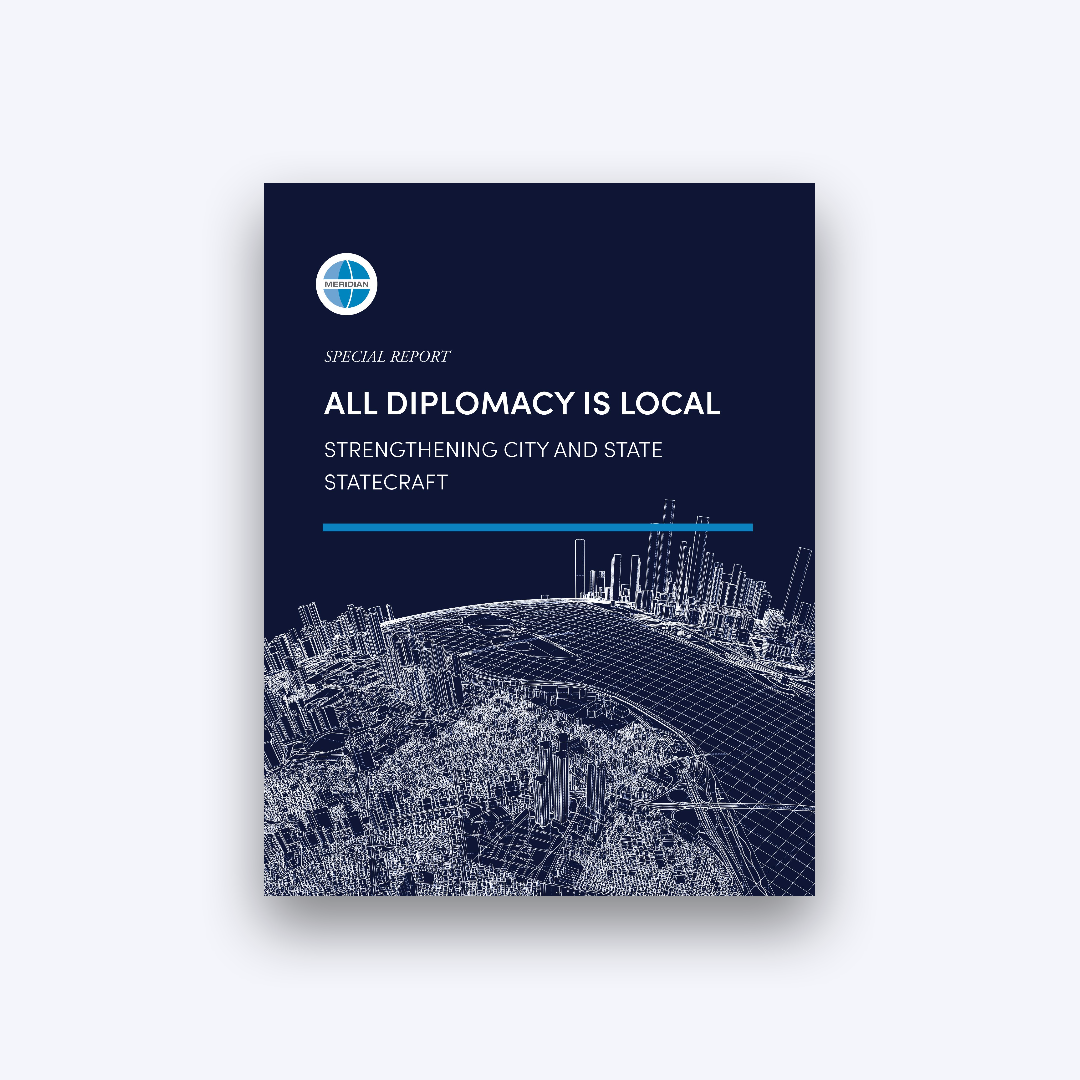On December 8-9, I had the honor to engage 26 international visitors (IV) from Afghanistan in a leadership workshop during an exchange program coordinated by Meridian International Center entitled U.S. – China Training Programs for Afghan Cooperation and Reconstruction. This unique group was comprised of diverse key stakeholders from two distinct sectors of Afghan society: agriculture and public health. More specifically, the IVs representing agriculture were livestock specialists fighting animal diseases and the public health participants were specialists, doctors, and midwives safeguarding the health of women and newborns. Needless to say, this group embodied a diversity of backgrounds and priorities that showcased the importance of such international exchanges.
To help find personal and professional common ground within such a diverse group, I opened our all-day workshop by facilitating a Values Clarification exercise. This exercise guided the participants to reflect upon the values that they embrace in their families, communities, and nation; values that motivate them to do the work they do. We explored how values can help us find common ground with people of different backgrounds and how complementary values often enrich a team regarding diversity of ideas and strategies.
Throughout each section of this day of sharing and learning, I was continually impressed with two values that were expressed by two of the more senior members of the group. First, I was inspired by the value of courage that was so clearly demonstrated by one of the elderly midwives in the group. This empowered woman chose to travel from Afghanistan to the United States without the ability to speak English and without fully knowing what type of reception she would receive or experience she would have. Certainly, she was warmly welcomed by her hosts in Washington, DC and other locations. Yet, the courage it took for her to make this long journey to this new and different place is truly remarkable.
The other value that stands out in my mind (and heart) through my interaction with this IV group is the value of humility. One of the most esteemed and academically credentialed members of the group was also the humblest. His active and patient listening skills, his earnest reflection on the material covered, and his unassuming dress and gentle manner made him stand out among the younger and a bit more talkative group members. This esteemed scholar reminded me of some of my own mentors, who do not feel called to self-aggrandize but who are grounded in their own sense of self and understanding. I imagined that he would be the person I would turn to in times of personal and professional discernment, as I could expect to engage an open mind and an open heart.
After showcasing values as our starting point, the IVs explored promising practices for identifying diverse assets and resources in their communities to support their outreach. Six categories of assets were reviewed, including: individuals, institutions, associations, government (including U.S. governmental entities in Afghanistan), public space, and local economy. Participants were asked to identify assets in each category, reflecting upon which assets were most important and which were most under-utilized. Creative connections were the focus of this exercise, inviting the IVs to find support for their community organizing in unlikely places.
Next, the group reviewed ideas of Change Management, discussing opportunities and challenges within their promotion of change for the common good in Afghanistan. Specifically, the IVs reviewed the current change environment in their country, the change choices they are promoting (e.g., increase in the number of and access to trained midwives), and finally the change management they were overseeing. Research on effective change management strategies was integrated into this portion of our time together.
After exploring values and community assets, the most pressing needs of Afghan communities were discussed. The IVs were divided into small groups based on their area of community outreach and reviewed the top community needs they address. This needs assessment was strategically placed after our discussion of values and community assets to showcase empowerment of community members as a positive starting point for any community discussion of needs.
The final section of this all-day workshop involved reviewing and then writing S.M.A.R.T. goals (i.e., goals that are specific, measurable, attainable, relevant, and time bound). Based upon the reflections and information shared in prior exercises, the IVs were asked to remember their values and showcase their personal and community assets as they addressed community needs through S.M.A.R.T. goals. This capstone activity was designed not only to review themes from earlier discussions, but also to synthesize these themes into a holistic approach for effectively engaging Afghan communities.
Thank you, Meridian International Center and the U.S. Department of State for the honor and privilege to engage an empowered, creative, and enthusiastic group of international visitors. Through this people-to-people diplomacy, bridges of peace continue to be built one relationship at a time!
by Timothy Kane
















